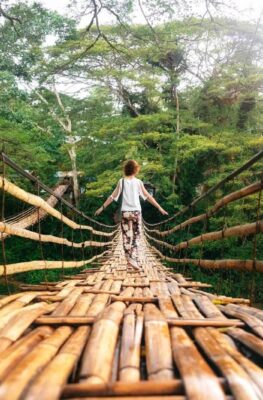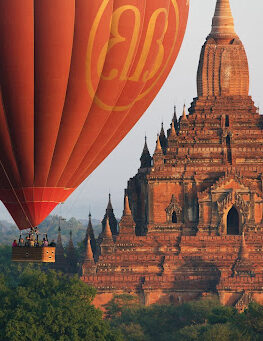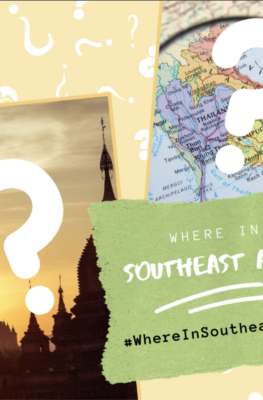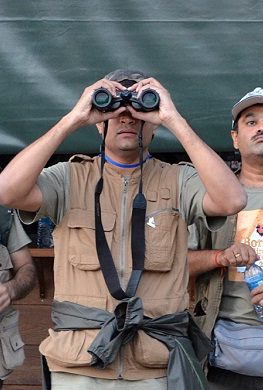Published on August 24, 2014
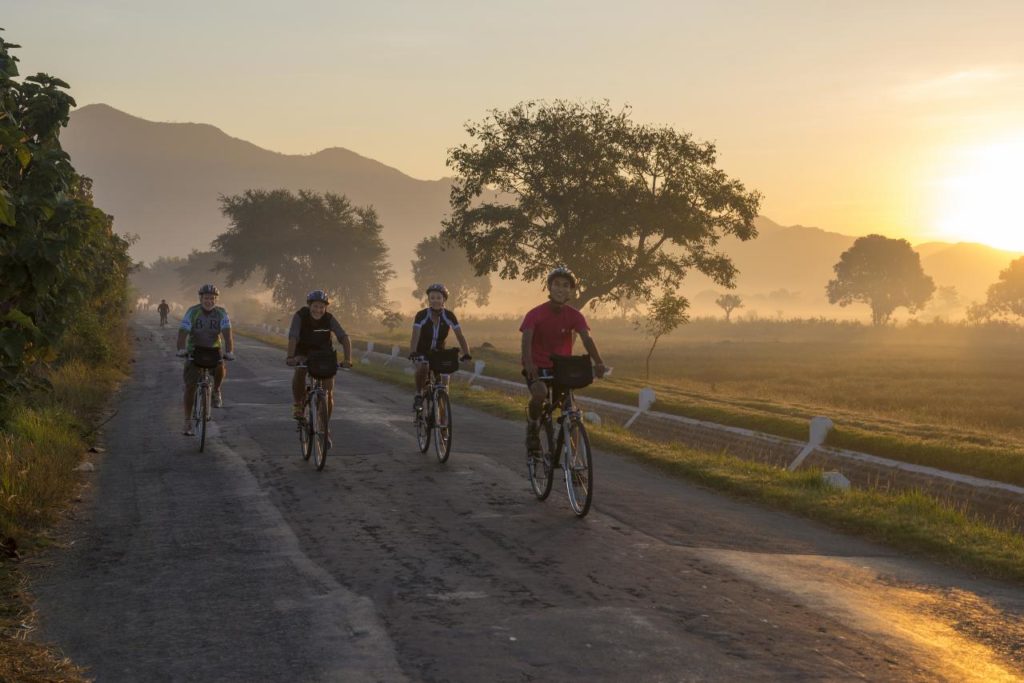
Image © Christopher Michel / Creative Commons
Using the historic town of Mandalay as a takeoff point, bikers can venture into the heart of truly authentic Myanmar: from the city’s narrow alleyways and bustling markets, to temples, rice paddies, and the world’s oldest teakwood bridge further afield.
The city centre is only a short bike ride away to Mandalay’s cultural treasures, including the Shwenandaw Monastery, an all-teak structure in the Mandalay Hills; , the “world’s largest book” at Kuthodaw Pagoda, and the outsize Buddha in repose at Mahamuni Pagoda.
As you move into the countryside, the paved roads give way to gravel and mud trails, and the river valley surroundings come into their own – a relaxing panorama that seems far removed from the stress and smoke of the city.
From your bike seat, you’ll see how the Burmese live their days – working in workshops on the city’s outskirts weaving bamboo, manufacturing bean curd or rolling cheroot cigars; selling locally-grown produce in markets; and working the rice fields out in the countryside, with the majestic hills of Mandalay as a backdrop.
You can go even further, time and fitness levels permitting. The road to Amarapura takes you across U Bein Bridge, the longest teak bridge in the world. The town of Ava, a former royal capital, still retains a complement of ancient temples and kingly structures. And Mingun contains the base of what was supposed to be the largest stupa in the world.
The river valley terrain around Mandalay is easy to bike, assuming you visit during the cooler months between October and February.
Elsewhere on the Web: Read the Myanmar Ministry of Hotels and Tourism’s guide to Mandalay.



